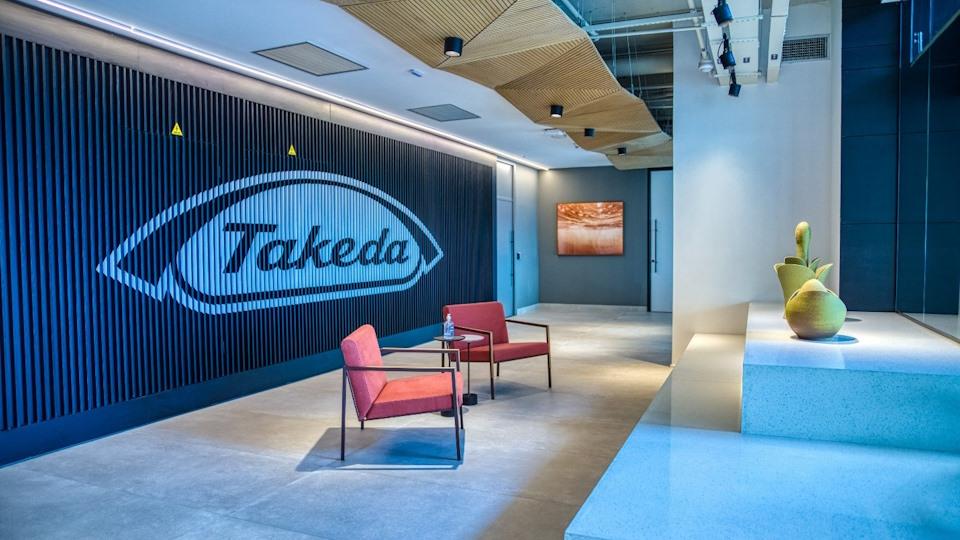Takeda looking to divest portfolio of older drugs in Europe

Takeda is trying to sell a portfolio of older drugs in western Europe as it seeks to cut its debts following the $59 billion purchase of Shire.
Citing sources close to the company, Reuters reported that Takeda reached out to prospective bidders to gauge interest in a portfolio of drugs.
The sale could raise around 1.5 billion euros – around $1.68 billion – and information packages have been sent to the interested parties.
The drugs include over-the-counter (OTC) and off-patent prescription medicines that can be copied by generics firms.
According to Reuters the assets have combined earnings before interest, tax, depreciation and amortisation (EBITDA) of about 160 million euros with OTC drugs accounting for about 40 million euros.
The merger with Shire was masterminded by French CEO Christophe Weber, the first foreigner to lead the Japanese pharma.
And thanks to the merger with Shire, Takeda is probably one of the top 10 pharma companies in the world but has been left with large debts.
These stood at around 5.7 trillion yen ($52.73 billion) at the end of March this year.
The company plans to sell off around $10 billion worth of assets, and has already sold its dry-eye drug Xiidra to Novartis.
Takeda is also in the process of selling its Latin American assets, which are valued at around $1 billion.
The company has recently opened a manufacturing plant for its multiple myeloma medicine Ninlaro in Ireland.
Part of the company’s existing Grange Castle campus, Takeda has invested 40 million euros in the new plant.
The plant will only require 40 people to run it because of the high level of digital automation, which will house all steps of the production process.
This includes manufacturing and packaging active pharmaceutical ingredients for supply to global markets.
In an interview with the Irish Times CEO Weber said that the company is focused on improving R&D productivity.
“R&D is extremely costly; this is why also prices are very high. So if we increase R&D productivity, we will have more flexibility,” Weber said.












